Producer’s Pride Barn Red Prairie Chicken Coop, 6 to 8 Chicken Capacity
-
( 2 Reviews )Rated 4.50 out of 5 based on 2 customer ratings02
- SKU: 117976899
Provide your chickens a comfortable place to nest with the Producer’s Pride Barn Red Prairie Chicken Coop. This durable chicken coop houses up to 8 chickens and features an extended roosting bar providing more space for your chickens without the threat of predators.
-
Producer’s Pride Scratch Grains Poultry Feed, 50 lb.
Rated 4.88 out of 508Producer’s Pride Scratch Grains Poultry Feed, 50 lb.
Rated 4.88 out of 508 -
Producer’s Pride Guardian Chicken Coop, 14 Chicken Capacity
Rated 4.67 out of 503Producer’s Pride Guardian Chicken Coop, 14 Chicken Capacity
Rated 4.67 out of 503 -
DuMOR Chick Starter/Grower 20% Poultry Feed, 50 lb.
Rated 5.00 out of 504DuMOR Chick Starter/Grower 20% Poultry Feed, 50 lb.
Rated 5.00 out of 504
Provide your chickens a comfortable place to nest with the Producer’s Pride Barn Red Prairie Chicken Coop. This durable chicken coop houses up to 8 chickens and features an extended roosting bar providing more space for your chickens without the threat of predators. Also features reinforced thick wood panels for durability, this coop is built to last for seasons to come.
- Houses up to 8 chickens comfortably
- Extended roosting bar provides more space for your chickens
Additional information
| Door Height | 37.9 in. |
|---|---|
| Door Width | 27.1 in. |
| Features | Pen Included |
| Primary Finish | Stain |
| Foraging or Run Area Length | 59 in. |
| Foraging or Run Area Width | 42.5 in. |
| Frame Material | Wood |
| Location of Doors | Front |
| Nesting Area Length | 14.76 in. |
| Nesting Area Width | 10.2 in. |
| Number Of Doors/Openings | 4 |
| Number Of Levels/Stories | 1 |
| Number of Nesting Areas | 3 |
| Number Of Ramps | 0 |
| Number of Roosting Bars | 2 |
| Primary Color | Red |
| Product Height | 55.9 in. |
| Product Length | 115 in. |
| Product Weight | 163 lb. |
| Product Width | 53.1 in. |
| Recommended Number of Animals | 6 to 8 |
| Roof Material | Wood |
| Roof Style | Sloped |
| Wall Material | Hemlock |
| Manufacturer Part Number | 170709 |

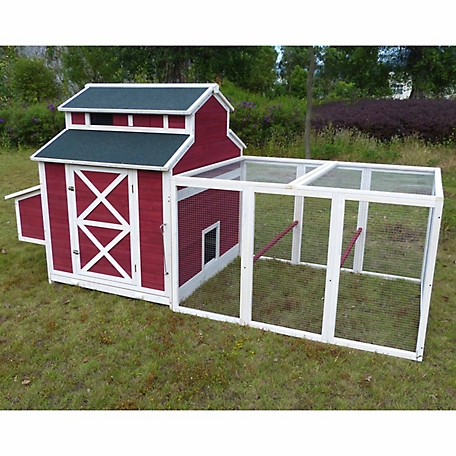
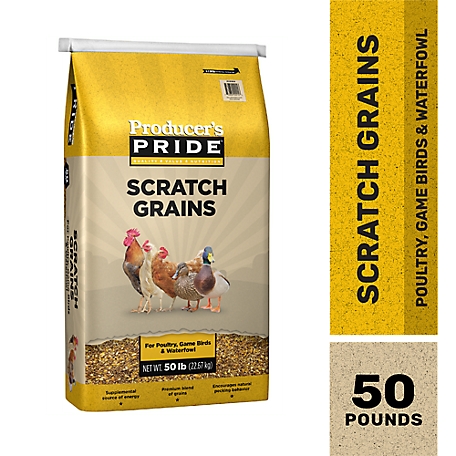


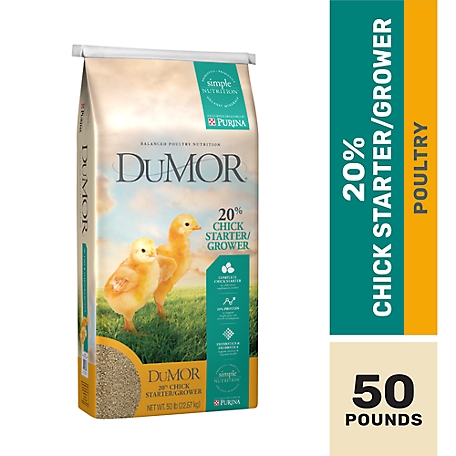
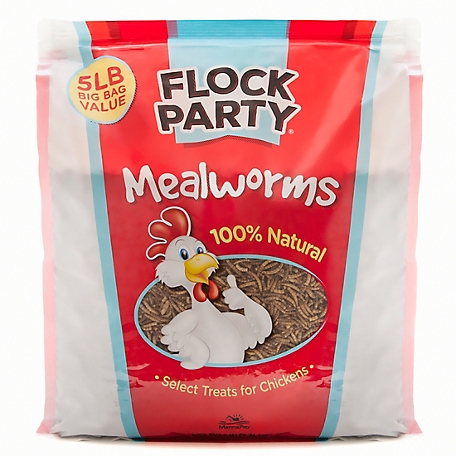

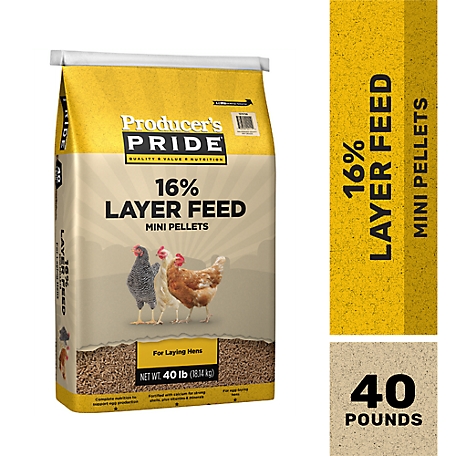
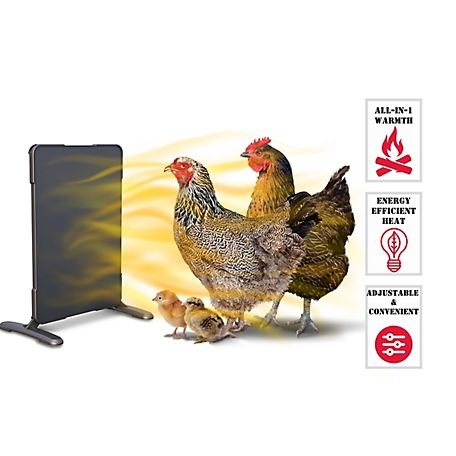

by Keri
Overall good. The only thing I had to add were some latches to keep the doors open.
by Andrew
It was a present for my mother. It was great except for a couple manufacturers oopsies. One of the roof panels was broken and the hinges on the nesting box didn’t fit properly. Other than that it looks like it’s going to do just fine.